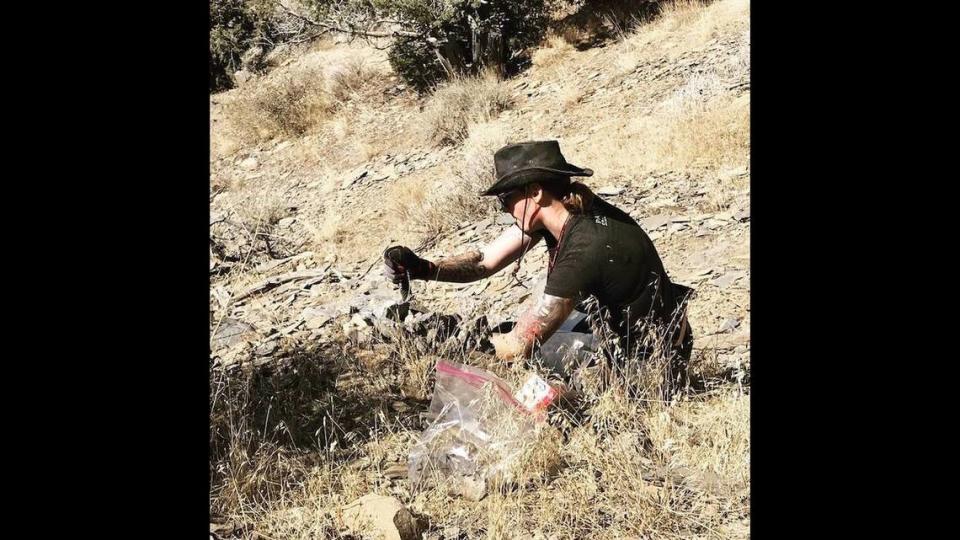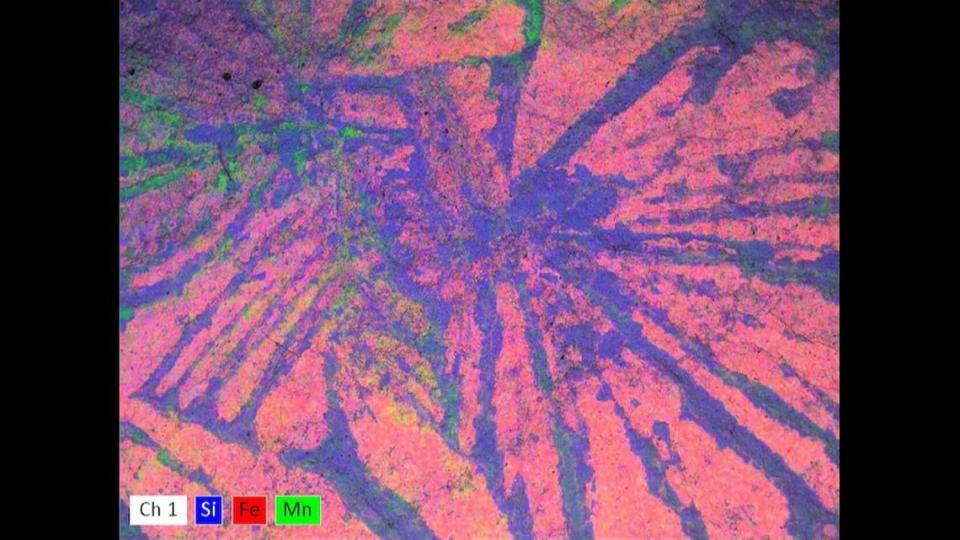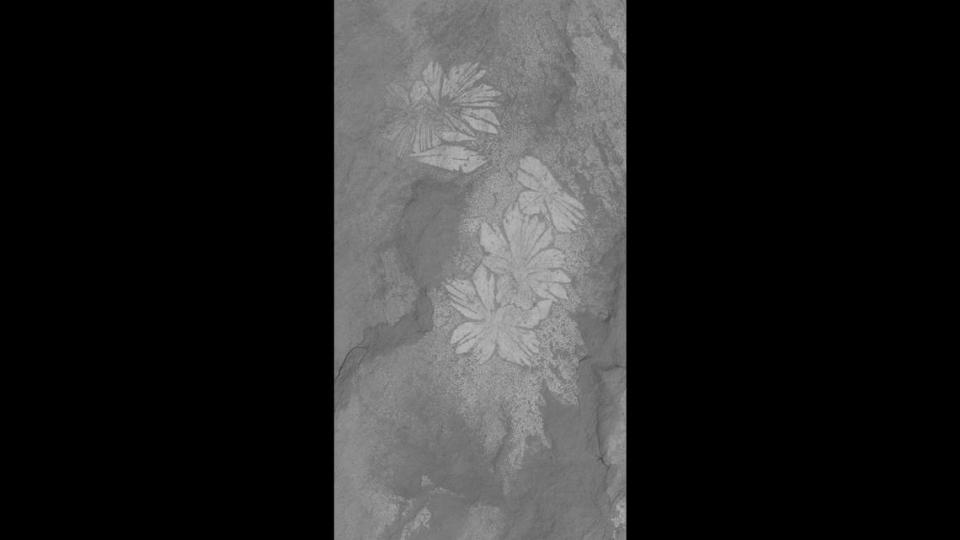500-million-year-old sea worm — ‘unknown to science until now’ — discovered in Utah
Researcher Rhiannon LaVine was conducting field work at a geological formation in northern Utah when she came across something no one’s seen before.
“I split open one of these pieces of rock and instantly knew it was something that wasn’t typical,” LaVine said in an Aug. 3 news release from the University of Kansas. “The first thing we see are these radial blades that look like stars or flowers.”

LaVine said she showed the Spence Shale specimen to her colleague, Julien Kimmig.
“‘I’ve never seen anything like that,’” Kimmig said, according to LaVine.
Little did the team know that they had unearthed something “unknown to science until now” — a 500-million-year-old sea worm, the university said.

‘What do you think this is?’
After bringing back the specimen to the KU Biodiversity Institute, where it is now a part of a permanent collection, and showing it to colleagues, LaVine said mystery continued to surround the fossil.
“I was showing it to everybody, asking, ‘What do you think this is?’” LaVine said. “Nobody had an idea.”
LaVine said she and her colleagues discussed the kinds of species the fossil may be from, including wiwaxia and a juvenile jellyfish.
Even still, LaVine said she “couldn’t get a solid answer.”
LaVine partnered with researchers from the University of Missouri “to conduct scanning electron microscopy and energy-dispersive X-ray spectrometry on the fossil,” the university said.
The goal was to ensure this was a “biological thing” and not just “some weird mineral growth,” LaVine said.
After confirming the 7- to 8-centimeter-long fossil was in fact not mineral growth, LaVine and her team were able to determine it was from “a previously unknown species of annelid” from the Cambrian Period, the university said.
“Annelids are very rare in the Cambrian of North America, and so far we only knew of a single specimen from the Spence Shale,” Kimmig, a paleontologist with the State Museum of Natural History in Karlsruhe, Germany, said in the release.
Annelids, found in “terrestrial, freshwater and marine environments all over the world,” consist of “some 21,000 ‘segmented worm’ species,” according to the university.
Kimmig, the lead author on the team’s findings published in Historical Biology in April, called the newly discovered annelid “especially interesting” with its “very impressive chaetae,” or “stiff bristles that characterize” the species.

Homage to ‘Dune’
LaVine named the species Shaihuludia shurikeni, the release said.
The first part of the worm’s name is an homage to the sand worm creatures from the “Dune” novels: Shai-Hulud, the university said.
“It was the first thing that came to mind, because I’m a big ol’ nerd and at the time I was getting really excited for the ‘Dune’ movies,” LaVine said.
The second part of the species’ name comes from the Japanese word “Shuriken,” or throwing star, to represent the worm’s blade-like shape, the university said.
LaVine said the ancient discovery makes one “think about deep time.”
“It’s very cool to think about our planet as a record of history and all of the different environments that have happened over billions of years, all on the same ground we stand on,” LaVine said in the release. “We’ve had alien worlds beneath our feet.”
Fossil of 94-million-year-old sea creature is unearthed in Utah. ‘Truly significant’
Romans had dinner party 2,000 years ago — and metal detectorist found what’s left
Debate over ancient sea ‘giants’ finally solved after researcher opens museum drawer

